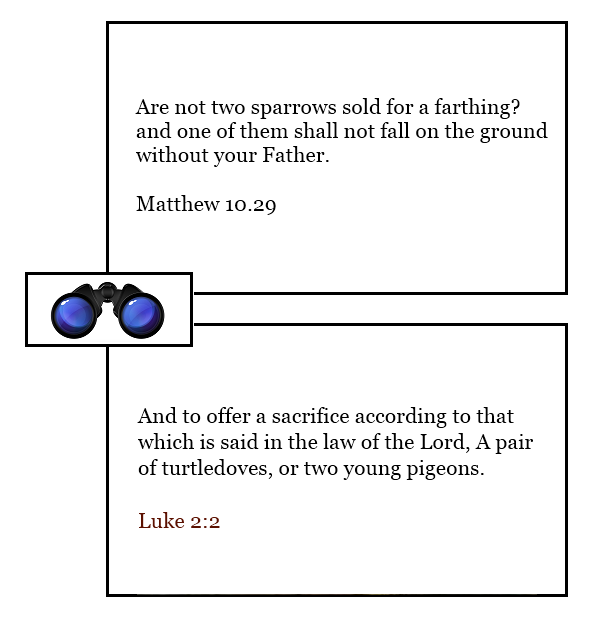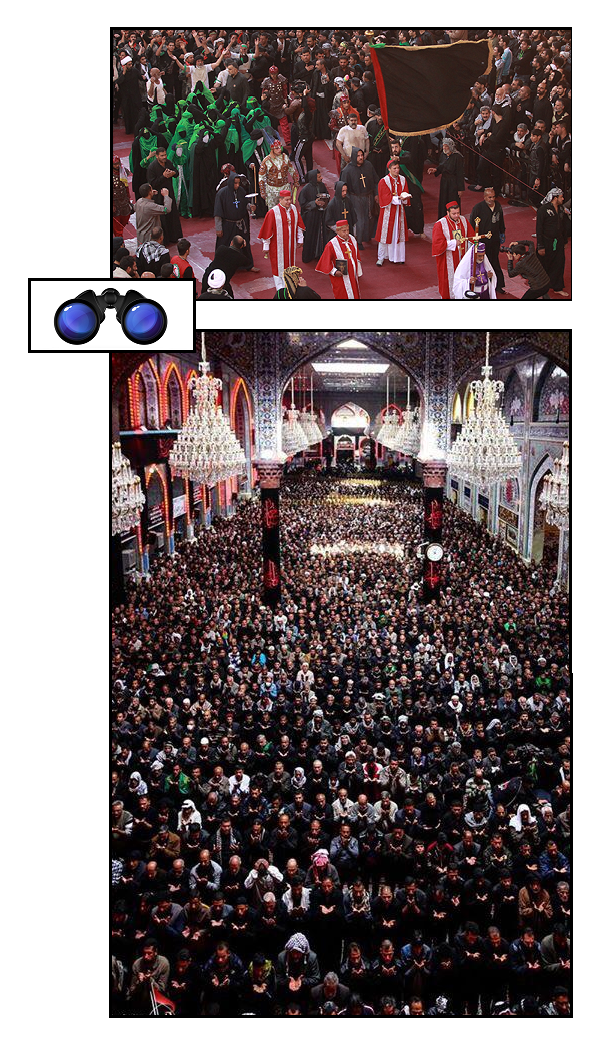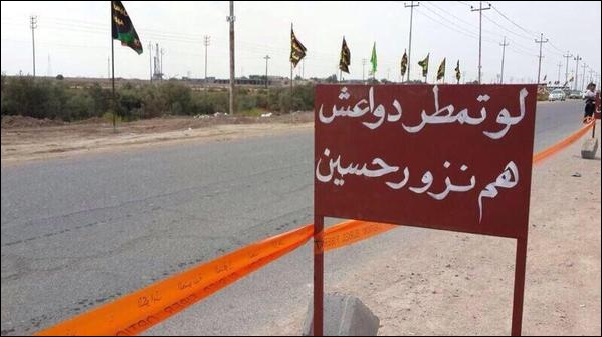[ by Charles Cameron — this time, the New Testament — this is last of the posts recovered from our down time ]
.
In a previous post I described the release of two white doves from the Papal balcony the other day, and the swift response of two other birds, a crow and a seagull, which attacked them.

In that earlier post I chose a quote from Heraclitus by way of contextualizing the event — this time I would like to offer one quote from St Matthew‘s gospel and one from that of St Luke.
In the circumstances, the quote from Matthew [upper panel] would make it just a tad difficult for Pope Francis to argue, as the secular-minded can, that this was simply the playing out of nature’s way, and not to be interpreted as a sign from God.
I offer the second quote [lower panel], from Luke’s account of Mary and Joseph bringing the infant Jesus to be circumcized, by way of contrast, since the concept of sacrificing birds to God is now as improbable to the secular mind as the concept that God takes separate and particular care over the life of every bird that flies…
The Pope was not, I am sure, intending to offer the two doves as sacrifices. Nor did he see them as symbolic of the future fate of the Ukraine to the point of prophecy: the attack was not an omen, a mark of fate, as some have interpreted it.
From which it follows that the gesture was a gesture of peace, of hope — and that the Pope takes his Master’s words, “not a sparrow falls” as a metaphor for the ubiquity of divine grace and mercy, not as a proposition in dogmatic logic.
**
The Washington Post, in a piece titled The papal peace doves are the perfect metaphor for Pope Francis’s first year, offers us both the gentle gesture and the harsh response, reporting:
Pope Francis called for peaceful dialogue in Ukraine on Sunday, concluding his remarks by having adorable Italian children release two white doves from the window of the Apostolic Palace in the Vatican. The magical and touching symbol was quickly attacked by the harsh reality of bird-on-bird violence, with one seagull and one black crow attacking the doves. The crowd, inspired and blessed only moments earlier, watched in helpless horror as the crow and gull pecked and pulled at the doves.
National Geographic, in a piece titled Why Birds Attacked the Peace Doves in Rome and subtitled “A crow and a gull targeted the freakish doves, bred to be unnaturally white”, added insight from the natural sciences:
Are doves really peaceful? Not particularly. They have weak feet and small bills and mostly mind their own business, walking around eating seeds and the occasional tiny bug. But they’re just as likely to fight each other over territory (with lots of wing-slapping) as any other species. I once saw a mourning dove chase a blue jay away from a bird feeder. No wimpy bird gets the best of a blue jay.
Why were these doves white? Because white symbolizes peace, purity, serenity, and other good stuff. But here’s the thing: There are no pure-white doves in the natural world. The ones that were released were the result of hundreds of years of domestication and breeding, creating these freakishly white birds for use as pets, and for release at weddings and other ceremonies.
and:
So this wasn’t a sign of the Apocalypse? Hey, I write about nature, not theology. But if I had to bet on whether this is the End of Times or just a couple of predatory birds doing what they do naturally, I’d choose the second as more likely.
**
But it would be churlish of me to leave you on such a note. Instead, I invite you to recall this story of St Francis, whose name the present Pope took, from the Little Flowers of St Francis, an early compendium of hagiographical tales about the saint:
A certain young man having caught one day a great number of doves, as he was to sell them he met St Francis, who always felt a great compassion for such gentle animals; and, looking at the doves with eyes of pity, he said to the young man: “O good man, I entreat thee to give me those harmless birds, emblems in Scripture of humble, pure, and faithful souls, so that they may not fall into cruel hands, which would put them to death.”
And the young man, inspired by God, immediately gave them to St Francis, who, placing them in his bosom, addressed them thus sweetly: “O my little sisters the doves, so simple, so innocent, and so chaste, why did you allow yourselves to be caught? I will save you from death, and make your nests, that you may increase and multiply, according to the command of God.”
Then St Francis made nests for them all, and they began to lay their eggs and hatch them in presence of the brethren, and were as familiar and as tame with St Francis and the friars as if they had been hens brought up amongst them, nor did they ever go away until St Francis had given them his blessing.







